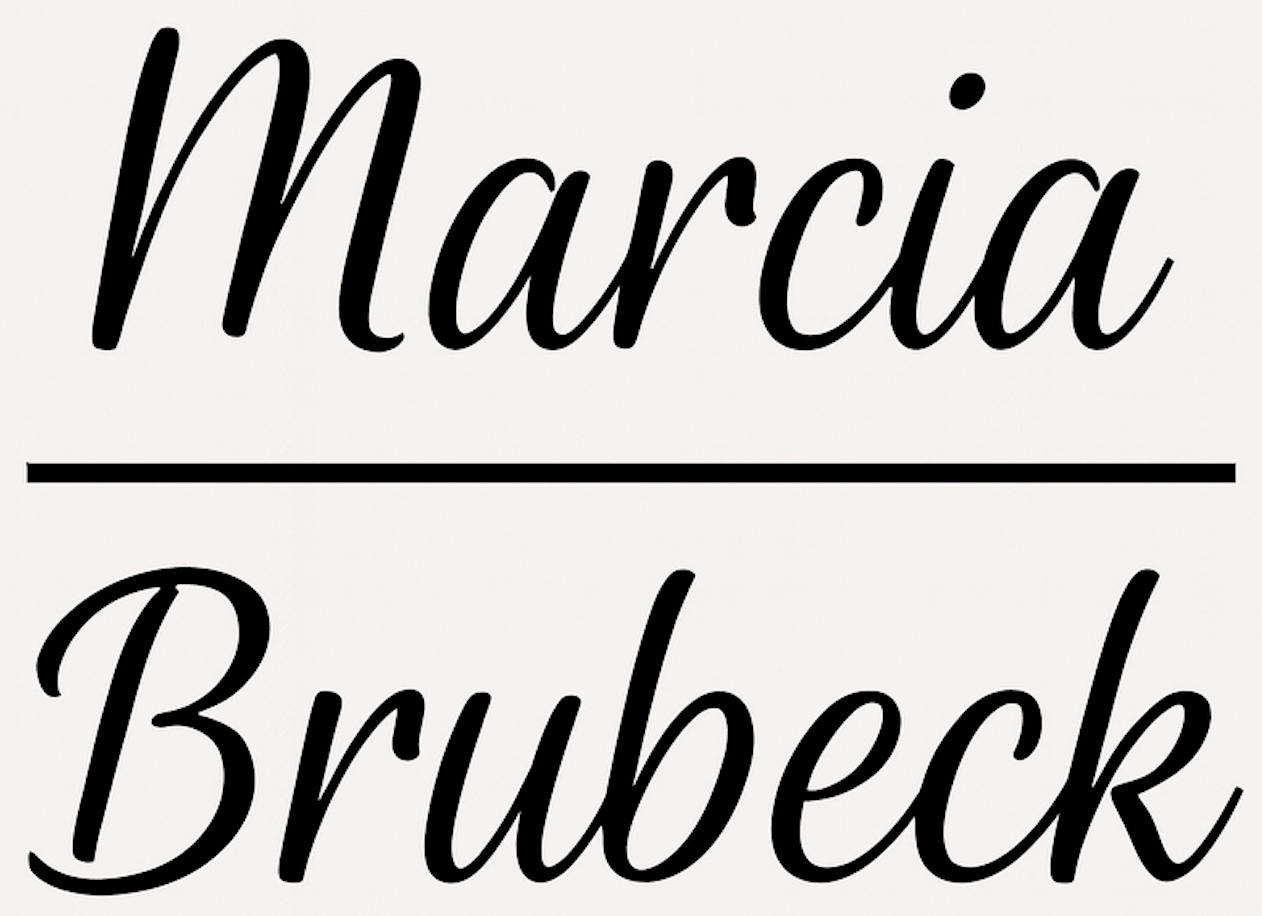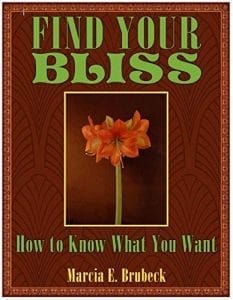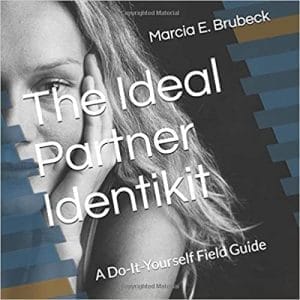
When Do Habits Become Bad
No matter how you think or feel, the Diagnostic and Statistical Manual seems ready to produce evidence that something is wrong with you. Obsessions and compulsions are a case in point.
Ever find yourself plagued with a thought or a worry? It’s as if a bar of music had gotten stuck in your brain, and—maddeningly—you hear it over and over again. That’s an obsession.
A compulsion, on the other hand, is the almost irresistible urge to do something. It might be a constant need to check and recheck the locks on doors or the iron or the stove burners. Or maybe you have to arrange things just so on top of the dresser. Or perhaps you say a phrase over and over again, as if the words had magical properties.
Obsessions and compulsions can be mild or severe, with lots of variation in between. Some people suffer from one or the other. Some people suffer from both, though perhaps one to a somewhat greater extent. Still, this problem isn’t always a problem.
Compulsive people who earn straight A’s throughout school, meticulously dotting every i and crossing every t, become valedictorians. If someone takes you to court, you want a lawyer who persists in fussing over every detail of your case.
If you pay an accountant to do your income tax return, you want a nitpicker. You don’t want any possible deductions overlooked! In some contexts, obsessive or compulsive behavior can be beneficial.
Persistent habits become a problem only when they undermine the quality of life. Washing your hands every five minutes hurts your skin and can destroy the beneficial bacteria that live there. It’s a health hazard.
Other habits may distress you because they gobble up precious time and money. Some are harmless and don’t bother anyone if they don’t bother you. Only you, the sufferer, can decide what is tolerable and what is not.
Obsessions and compulsions are your body’s attempts to manage your anxiety when some situation makes you feel helpless. When we can’t fix a problem, trying to take control can be good medicine even when it’s in another area of our lives. Making things orderly can be soothing.
We wash the heap of dirty dishes in the sink and stack them in the rack to dry. Whew! Got that out of the way. Everything is nice and neat now. After using cooking or craft supplies, we put them away so that we will know where to find them next time. All that stuff has returned to its proper place.
Periodically, perhaps on a schedule, we do laundry or clean house. Most of us have felt better after sorting out the garage or a nightmare closet when we were really upset. In these ways we tidy up our worlds, reassuring ourselves in the process that we are in charge at least sometimes.
Of course, these mundane remedies don’t always do the trick. If you are fed up with your obsessions or compulsions, you have many possible courses of action. You can discuss the problem with your physician, who can suggest psychotropic medication.
Alternatively, you might try some cognitive and behavioral strategies. Some people take meds and supplement them with the methods suggested below, which of course have no side effects.
1. Add structure. Rituals and routines help reduce anxiety generally. Friday is shopping day. Saturday is for housework. Spring follows winter. You do things in a particular order when you get up in the morning. You have a procedure you follow when paying bills. And so forth. As long as you know the drill and keep to it, you feel on top of things.
2. Replace problem behaviors. It’s a lot easier to substitute a new habit for an old one than just to quit cold turkey. That’s why some people chew gum when they are trying to stop smoking. If you repeatedly say out loud, “I must do this so I don’t fall ill,” try substituting an affirmation: “I can beat this anxiety, because I can do anything I set my mind to.”
3. Desensitize. If your anxiety spikes into panic in some situations, see how far you can go before you have to stop or run away. Go back a day or two later and push the envelope. You will feel intense anxiety as you fight the impulse to quit or to flee. See whether relaxation and mindfulness techniques make you feel better. Don’t forget to reward yourself every time you make progress.
4. Tap. There’s a new kid on the therapeutic block. Emotional Freedom Technique, often called EFT or tapping, is something like acupuncture without the needles. It involves gently tapping your fingers on key points on your body while you talk to yourself about a problem. Anybody can do it. It reduces many kinds of pain and distress. No experts are required, though you may find it helpful to watch someone do it the first time. For more information on EFT resources, read Gary Craig and Nick Ortner, and visit EFT Universe.
5. Meditate. Meditation is restful, calming, and soothing—a great antidote to anxiety. There are many forms. Try simply sitting with yourself, eyes closed, focused on your breathing or a word, and accept any thoughts that bubble up inside you. You will find more information here.
6. Journal. When you write down your thoughts and feelings, the nerve endings in your fingertips help your brain with its processing. What’s more, you create a physical document that doesn’t disappear. It lets you detach, step back, and consider any problem from a distance. While unspoken thoughts and worries vanish without a trace, you can return to a journal entry any time you choose. You don’t need to write many pages every day. Start with an occasional paragraph. Just note what made your day distinctive and how you felt about it—enough information to identify this day when you reread your words years from now.
7. Make music or listen to some. Music helps beat anxiety in many ways. Rhythm and repeated refrains offer soothing structure. Music evokes and echoes emotions, thereby reassuring us that they are normal. When you make music you communicate feelings nonverbally to others, who respond with understanding.
8. Relax. See which of the many ways of relaxing work for you. Deep breathing, progressive relaxation, visualization, and mindfulness are a few. For everyday life, try to focus on the moment at hand. You will feel happier, less anxious and distracted, if you pay attention to one thing at a time. Notice your surroundings. Above all, slow down.
9. Exercise. Our caveman bodies were built for action. Sitting is bad for us, fuels anxiety and depression, and shortens lives. Go walking, head to the gym for weight lifting and aerobic workouts, pick a sport you love doing, and create a landscape or grow a garden. Spend time outdoors in nature. Keep moving.
10. Change your point of view. Most situations have an up side and a down side. Once you reframe the problem, it looks different. The ancient Chinese sages spoke of the opportunity that lies in any crisis. Sometimes the idea of doing something new or different seems frightening. And yet the nerve-wracking plunge, once we have taken it, may transport us to a place we have long sought and would never have wanted to miss.





